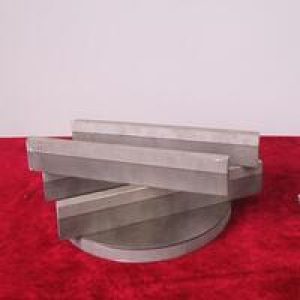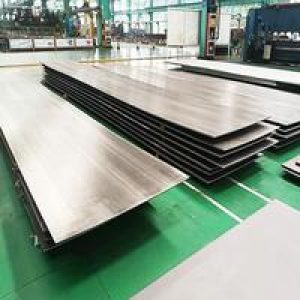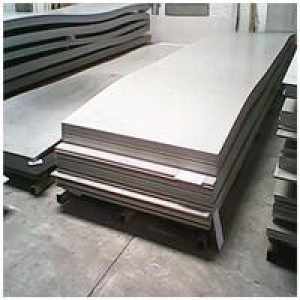Overview of Cladding metal plates composition sheet titanium steel plate Clad stainless plate
Titanium steel composite plates are engineered by bonding layers of titanium and steel through various processes such as explosion bonding, roll bonding, or cladding. The aim is to harness the benefits of both metals: the lightweight, high strength, and corrosion resistance of titanium with the affordability and structural integrity of steel.
Features of Titanium Steel Composite Plate
- Corrosion Resistance: The titanium layer offers excellent protection against corrosion, particularly in chloride-rich environments like seawater.
- Strength & Lightweight: Titanium is known for its high strength-to-weight ratio, enhancing component performance without adding excessive weight.
- Thermal Stability: The composite can withstand high temperatures and exhibit good thermal conductivity.
- Wear Resistance: The steel layer contributes to the plate’s hardness and wear resistance, extending service life in abrasive conditions.
- Bond Strength: Advanced bonding techniques ensure a strong interfacial bond between the titanium and steel layers, maintaining structural integrity.
- Formability & Machinability: Despite being a composite material, it can be formed, welded, and machined using appropriate techniques.
Applications of Cladding metal plates composition sheet titanium steel plate Clad stainless plate
These composite plates find use in a wide range of industries including:
- Petrochemical & Chemical Processing: For equipment resistant to corrosive chemicals.
- Marine & Offshore: In shipbuilding and offshore platforms due to their resistance to seawater corrosion.
- Power Generation: Turbines, heat exchangers, and other high-temperature, high-pressure applications.
- Aerospace: Parts requiring a balance of strength and weight reduction.
- Automotive & Racing: High-performance components subject to stress and corrosion.
- Medical Devices: Implants and surgical instruments benefiting from biocompatibility and strength.

(Cladding metal plates composition sheet titanium steel plate Clad stainless plate)
Parameters of Cladding metal plates composition sheet titanium steel plate Clad stainless plate
The composition of cladding metal plates, specifically titanium steel plates and clad stainless steel plates, can vary depending on the specific grades and applications they are designed for. Here’s a general overview of the typical compositions:
1. Titanium Steel (Ti-Steel) Plate:
– Base Metal: Primarily made of iron (Fe), usually with a small percentage of carbon (C), which can range from 0.05% to 2% depending on the desired properties.
– Cladding Layer: Titanium (Ti) is often used as the cladding material, typically containing around 40-60% Ti and the rest being iron, with some minor additions like aluminum (Al) or vanadium (V) for strength.
– Other elements: May also include other alloying elements such as nickel (Ni), molybdenum (Mo), or chromium (Cr) for improved corrosion resistance and mechanical properties.
2. Clad Stainless Steel Plate:
– Base Metal: Austenitic stainless steels like 304, 316, or 310 are common, which consist of approximately 18-20% chromium (Cr) and 8-10% nickel (Ni), along with iron and a small amount of carbon.
– Cladding Layer: The stainless steel layer is usually 316L or 304L, which have lower carbon content and higher nickel content for better corrosion resistance in chloride environments.
– Optional: Sometimes clad with other stainless steel grades or even niobium (Nb) or titanium for specific applications.
Parameters for both types of plates may include:
– Thickness: Ranging from very thin (0.01″ to several inches) for lightweight and aesthetic purposes to thicker sections for structural applications.
– Finish: Common finishes include annealed, pickled and passivated (P&P), bright annealed, brushed, or polished.
– Mechanical Properties: Yield strength, tensile strength, elongation, and hardness values will depend on the base and cladding materials and their respective compositions.
– Corrosion Resistance: Clad plates offer enhanced corrosion resistance compared to the base metal due to the presence of the protective stainless steel layer.
– Heat Treatment: Some grades may require specific heat treatments for optimal performance.
Always consult the manufacturer’s specifications for exact compositions and performance parameters of the particular product you’re interested in.
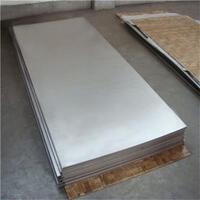
(Cladding metal plates composition sheet titanium steel plate Clad stainless plate)
Company Profile
Metal Plates 4u is a trusted global metal material supplier & manufacturer with over 12-year-experience in providing super high-quality metal clad and relatives products.
The company has a professional technical department and Quality Supervision Department, a well-equipped laboratory, and equipped with advanced testing equipment and after-sales customer service center.
If you are looking for high-quality metal alloy clad and relative products, please feel free to contact us or click on the needed products to send an inquiry.
Payment Methods
L/C, T/T, Western Union, Paypal, Credit Card etc.
Shipment
It could be shipped by sea, by air, or by reveal ASAP as soon as repayment receipt.
FAQs of Cladding metal plates composition sheet titanium steel plate Clad stainless plate
Q: What is the difference between Cladding metal plates composition sheet titanium steel plate Clad stainless plate and pure titanium or steel?
A: Cladding metal plates composition sheet titanium steel plate Clad stainless plate combines the advantages of both metals: titanium’s light weight, corrosion resistance, and biocompatibility with steel’s strength, affordability, and machinability.
Q: How is the bonding between titanium and steel achieved?
A: Bonding methods include explosion bonding, which uses controlled explosions to fuse the metals, roll bonding where the metals are pressed together under high pressure, and cladding, a process involving heat and pressure or welding to adhere the layers.
Q: Is Cladding metal plates composition sheet titanium steel plate Clad stainless plate suitable for high-temperature applications?
A: Yes, it can withstand high temperatures, making them suitable for applications like heat exchangers and certain aerospace parts. However, the maximum operating temperature depends on the specific grades of titanium and steel used.
Q: How does the cost of Cladding metal plates composition sheet titanium steel plate Clad stainless plate to pure titanium products?
A: While Cladding metal plates composition sheet titanium steel plate Clad stainless plate is generally more expensive than pure steel products, they are less costly than pure titanium items, offering a cost-effective solution that leverages titanium’s benefits without its full expense.
Q: Can Cladding metal plates composition sheet titanium steel plate Clad stainless plate be recycled?
A: Yes, both titanium and steel are recyclable materials. However, the recycling process might be more complex due to the composite nature of the material and would require specialized facilities.

(Cladding metal plates composition sheet titanium steel plate Clad stainless plate)



